Experience the real Eco tours in Northern Thailand
It’s quite pleasant and warm but not too sticky and hot like I’m sure it will be in the next few hours. Pedaling easy on a joint gravel and asphalt road, I make my way ahead of my three other biking companions for the day through the beautiful and hilly countryside around the Lisu village in the northern Chiang Mai region of Thailand. This rural area just north of Chiang Mai is marked with rolling countryside and farms of bananas, longan fruit and cash crops like tobacco and rice. We are biking to visit one of those productive farms growing tea up in the cooler hill areas in the region. I’m grateful that we are starting at 8am while it is still warm but not oppressive in the heat and humidity which I’m sure it will happen in the next few hours.
The road is hilly but comfortable and we are biking at an easy pace except that I want to turn this into a bit of a work out so I go ahead of the group and charge up a more challenging hill with an interesting temple on the hillside. Fortunately, I drop in and take a quick look at the grounds quickly while the rest catch up, but surprisingly the guide does not stop so I turn around and follow to join them. Eco tours in Northern Thailand have gone a long way to focus on real experiences that thread lightly on the environment and are a wonderful experience to do in this region.
Weather and best time to visit Northern Thailand
Northern Thailand experiences a tropical climate characterized by three main seasons: hot, rainy, and cool. The best time to visit Northern Thailand largely depends on personal preferences and desired activities. Here is a breakdown of the seasons and their associated weather conditions:
Hot Season (March to May): This period is characterized by high temperatures and dry weather. Daytime temperatures can soar, sometimes exceeding 40°C (104°F). While it can be quite hot, this season is ideal for travelers who enjoy outdoor activities and want to explore the region’s natural attractions.
Rainy Season (June to October): The rainy season brings frequent showers and increased humidity. Rainfall is heaviest from July to September. Despite the rain, Northern Thailand’s landscapes become lush and vibrant during this time. The countryside is dotted with greenery, and waterfalls are at their fullest. This season is suitable for travelers who don’t mind occasional showers and prefer fewer crowds.
Cool Season (November to February): The cool season is the most popular time to visit Northern Thailand. The weather is pleasant with mild temperatures and lower humidity. Daytime temperatures range from 20°C to 30°C (68°F to 86°F), while evenings can be cooler, especially in mountainous areas. This season is ideal for outdoor activities, sightseeing, and exploring cultural sites. It is also the peak tourist season, so expect larger crowds and higher prices.
To summarize, the best time to visit Northern Thailand depends on personal preferences. The cool season (November to February) offers pleasant weather and is the peak tourist season. The hot season (March to May) is suitable for outdoor activities, while the rainy season (June to October) brings lush landscapes despite occasional showers. Consider your preferred weather and activities to choose the most suitable time for your visit.
Tea plantation visit
It’s less than 7 Km or about 3 miles biking to the plantation from the Lisu Lodge where I am staying for the next few days. The Lisu Village is a lodge that focuses on eco tourism and soft tours like this biking tour to the tea plantation and a rafting tour that I will be taking later in the afternoon. After passing a few farms and small villages, I notice a well-kept farm filled with clipped hedges that I immediately recognize as the tea-plant or camellia sinensis trees they are identified with. This is part of the Araksa Tea Plantation and the hillside and surrounding areas are filled with these maze-like shrubs going all the way to the tops of the hills and it is an interesting and different pattern to the rice fields and rows of large leafed tropical plants dotting the landscape.
Our tea guide is waiting for us and hands each of us large bamboo baskets almost the size of our torso. I ‘m assuming that we will be filling up these baskets with the tea plants that we will be harvesting. Although tea can be harvested year-round, I learn that there are two major harvest seasons when hired workers are needed to work the fields. We walk uphill to a nice patch where she can give us a demonstration of how the tea leaves are harvested. It’s a simple process where the tip and new leaf growth typically the first and maybe second leaves are plucked from the plant.
Once the large baskets are filled up, the buds are taken to a processing area for sorting and processing. After picking out rejects (typically a third of the picks) the tea is ready for roasting in a simple technique of dry roasting with a giant wok. Below is a picture showing the dry roasting process and sorting of the tea tips.
It is a lot of manual work preparing and roasting the tips until they are dried out and then set up for longer drying periods outdoors in secured areas and then later processed for packaging and then distribution. Fortunately, seasonal help is hired during the peak picking season for all aspects of the tea production.
After our roasting session, we are invited to the showrooms and sampling some of the freshly roasted teas on display. The tasting room is nearby and is smartly dressed in rustic modern overtones with very plush seating and contemporary dining table which is already set up for our tasting. Along with the various teas, we also get to sample some of the local snacks made in the area and complement the various teas we are going to try.
Tea tasting time
A friendly cat joins us for some tea
Rafting the Mae Taeng river
After and fun tour and tasting at the Araksa Tea Plantation, we continued our biking excursion to the main rafting location which is a short ride and mostly downhill. Even though it is the start of the dry season, there is still enough water on the main river called the Mae Taeng river which is still a very popular white water rafting and hang out spot for locals and regional visitors. We easily bike to the rafting station and load up into a bus that carries our equipment and rafts uphill about 4 miles to the launching location. It’s a quick and scenic ride and at our destination, we quickly have a safety session and slep the raft down to the river to launch.
Safety session before water rafting
Surprisingly, when we arrive, I notice some elephants chained at the entrance and see there is an outfit giving elephant river tours in the area. I’m a little shocked that this is still a very popular past time here, even though I’m not interested in doing this, I’m intrigued to see where they take the elephants and visitors through the area and easily spot them on the river crossing almost dangerously through water areas (at least I assume it’s dangerous but probably a normal route for the mahouts that navigate the animals through the river. I feel that Thailand’s animals should be living a more natural life and not into forced tourism which is sad but reality in many of these tourist venues.
For some reason, I feel a little sad that this is still a popular tourist activity that is promoted at this particular station, but I’m sure it is one of many that offer elephant tours in the area.
We eventually launch our raft and it is relatively tame and easy, the river scenes are quite pretty even with the occasional river cafes and bars we run across offering drinks and food for sale. Eventually we go through some adventurous areas that I consider a grade two but can easily be three or four during peak winter season when the river is full. I decide not to carry my camera on the rafting adventure but fortunately, they take photos of the group in the rapid areas so you can buy a copy for a nominal price for a hard copy. Here’s a picture of the rafting experience taken from the rafting photographer below.
The end of the rafting tour
We make it to the end which is very tranquil and scenic. I spot a few more elephants but this time just walking along the river bank with their trainers in a more relaxed manner. It really is a nice spot to take a few pictures and just admire this lush and green tropical scene. We are quickly rounded up into our jeep for the return trip back to Lisu Lodge to enjoy a nice nap or walk on the grounds before dinner and the dance performance of the Lisu tribes.
More inside tips to visiting Northern Thailand
When visiting Northern Thailand, here are some inside tips to enhance your experience:
Respect local customs: Northern Thailand is rich in cultural heritage, and it’s important to respect local customs and traditions. Dress modestly when visiting temples and religious sites, and remove your shoes before entering. Learn a few basic Thai phrases to show respect and connect with locals.
Explore off-the-beaten-path destinations: While popular cities like Chiang Mai and Pai are must-visit places, consider exploring lesser-known destinations in Northern Thailand. Places like Mae Hong Son, Chiang Rai, and Lampang offer unique experiences, fewer crowds, and a chance to discover hidden gems.
Sample local cuisine: Northern Thai cuisine is renowned for its distinct flavors. Don’t miss out on trying dishes like khao soi (curry noodle soup), sai ua (grilled sausage), and sticky rice with mango. Explore local markets and street food stalls to experience the authentic flavors of the region.
Engage with hill tribe communities: Northern Thailand is home to several hill tribe communities, each with its own distinct culture and traditions. Consider visiting and engaging with these communities, but do so responsibly. Choose responsible tour operators that prioritize the well-being of the communities and opt for homestays or cultural tours that provide authentic and mutually beneficial experiences.
Embrace the outdoor adventures: Northern Thailand’s natural landscapes offer a plethora of outdoor activities. Go hiking in national parks like Doi Inthanon or Doi Suthep, take a bamboo rafting trip along the Pai River, or embark on a cycling tour through rural villages. Embrace the opportunities for adventure and immerse yourself in the region’s natural beauty.
Be mindful of elephants: Elephants hold cultural significance in Thailand, but it’s essential to choose ethical elephant experiences. Avoid supporting activities that involve riding or shows. Instead, opt for reputable sanctuaries that prioritize the well-being and conservation of elephants in their natural habitats.
Bargain at local markets: When shopping at local markets or street stalls, bargaining is a common practice. Embrace the experience and negotiate a fair price while maintaining a friendly and respectful attitude. It can add fun and excitement to your shopping experience.
Stay hydrated and protect against mosquitoes: Northern Thailand’s climate can be hot and humid, so it’s important to stay hydrated. Carry a water bottle with you and drink plenty of fluids. Additionally, protect yourself against mosquitoes by using repellents and wearing light, long-sleeved clothing, especially during the evenings.
Check out these other posts in Visiting Northern Thailand
15 best places to discover in Northern Thailand
Hill tribes of Northern Thailand
A Loatian village in Northern Thailand
Hill tribe stay in Northern Thailand
Untapped Loei in Northern Thailand
Thailand travel – 10 tips and suggestions
Conclusion to Eco touring in Northern Thailand
In summary, eco touring in Northern Thailand provides a sustainable and immersive travel experience. With its diverse ecosystems, the region offers opportunities for activities like hiking and bird watching. These tours prioritize supporting local communities and preserving cultural heritage. Sustainability is a key focus, promoting responsible practices and conservation. By choosing eco tourism, visitors can enjoy Northern Thailand’s natural beauty while positively contributing to the environment and local communities.
I hope you enjoyed my post on eco tours in Northern Thailand. If you are in the area and would love to visit the tea plantation or do some of the eco touring activities, you can check out the Asian Oasis website here for more details. I was an invited guest of Lisu lodge to do the eco tours, all opinions and thoughts are my own. I also did a tour and stay at their eco lodge that you can check out here.

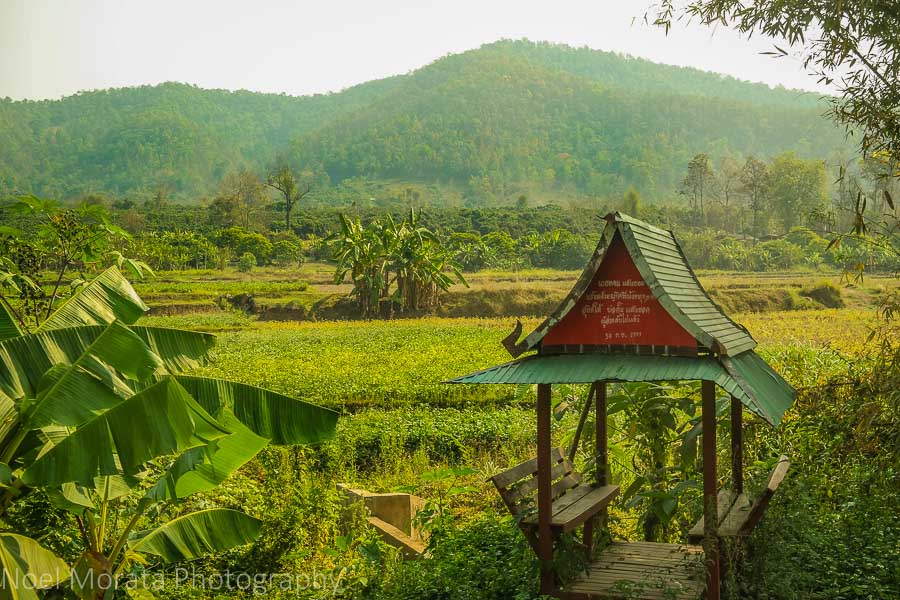
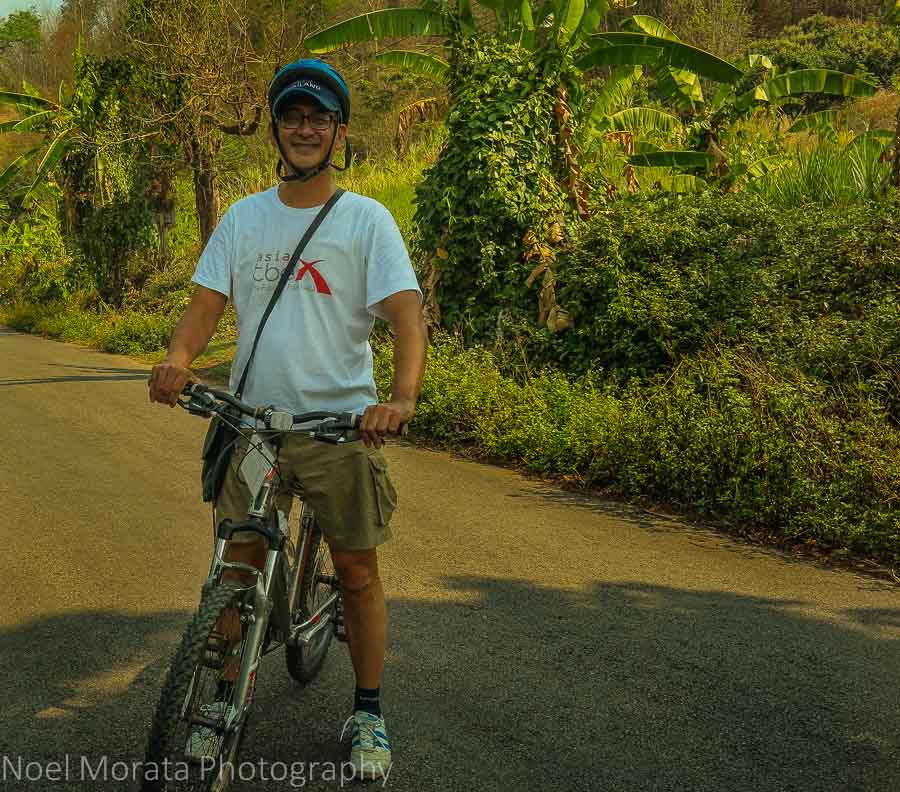
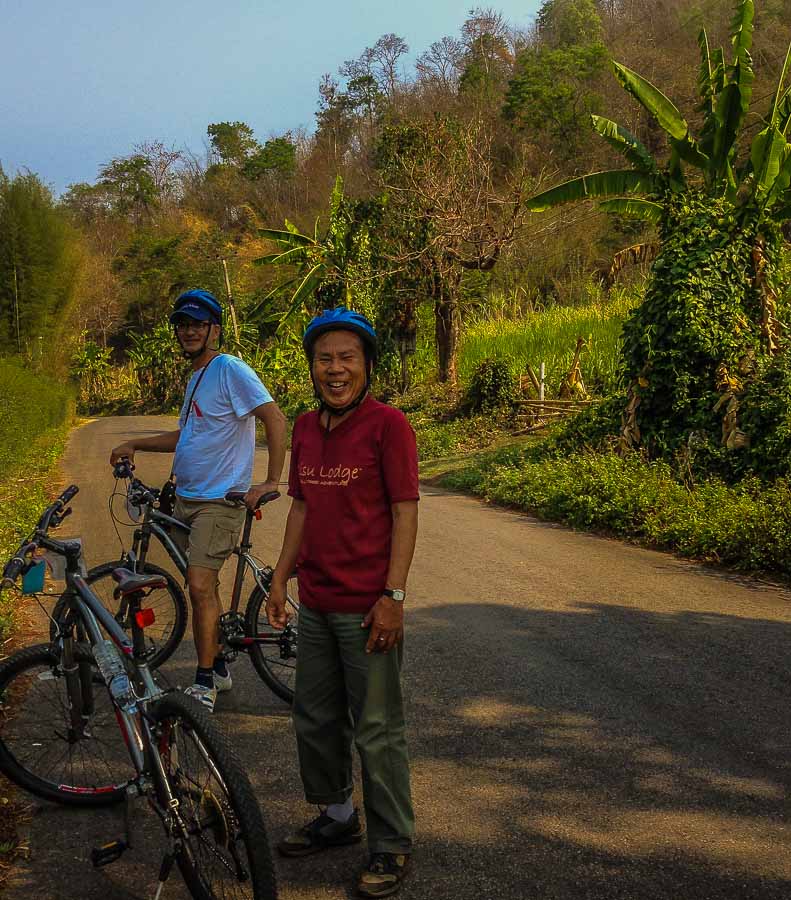


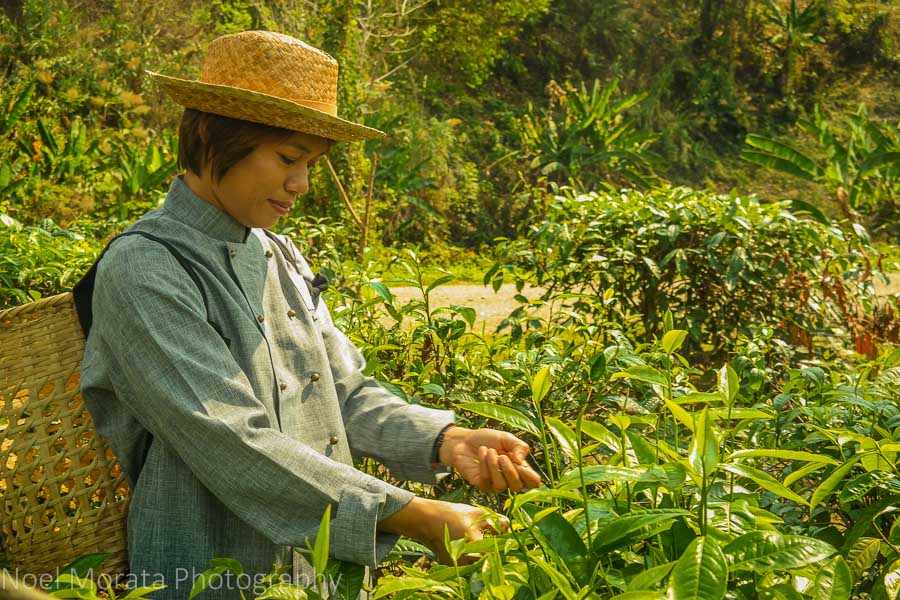
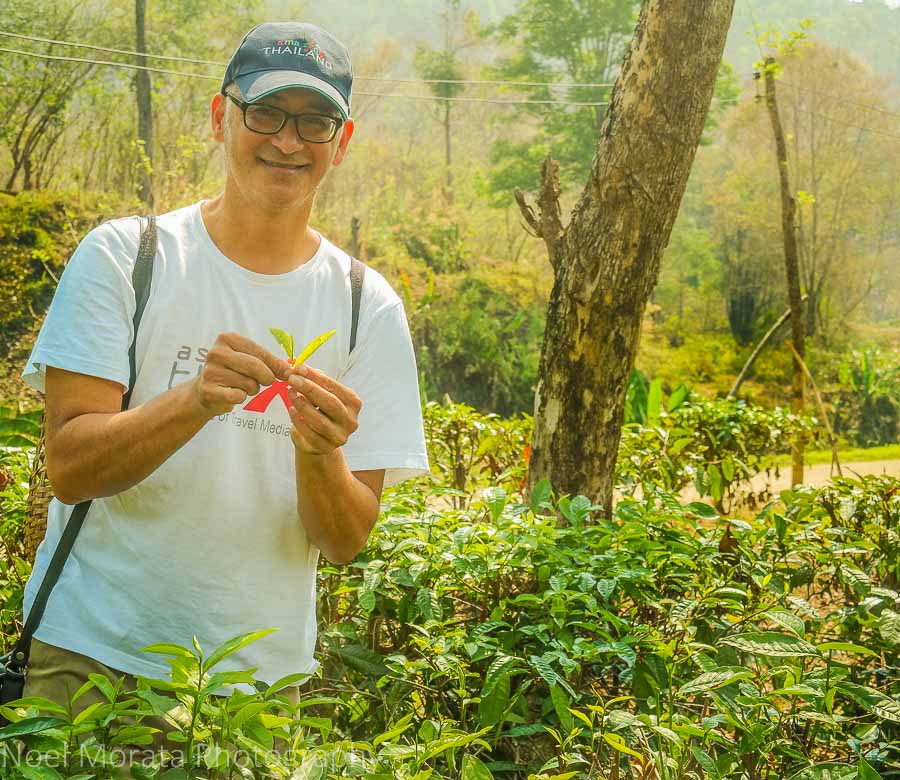
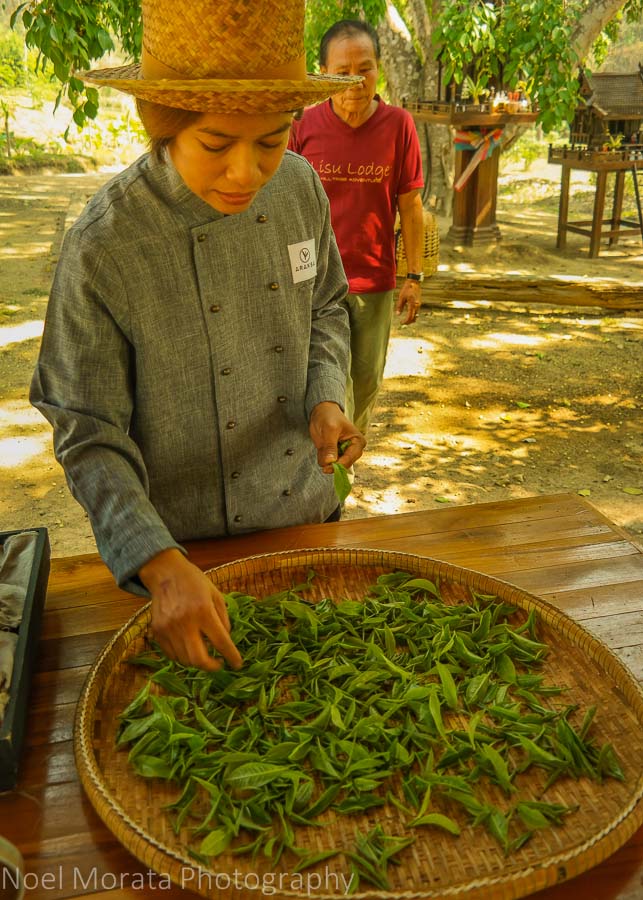
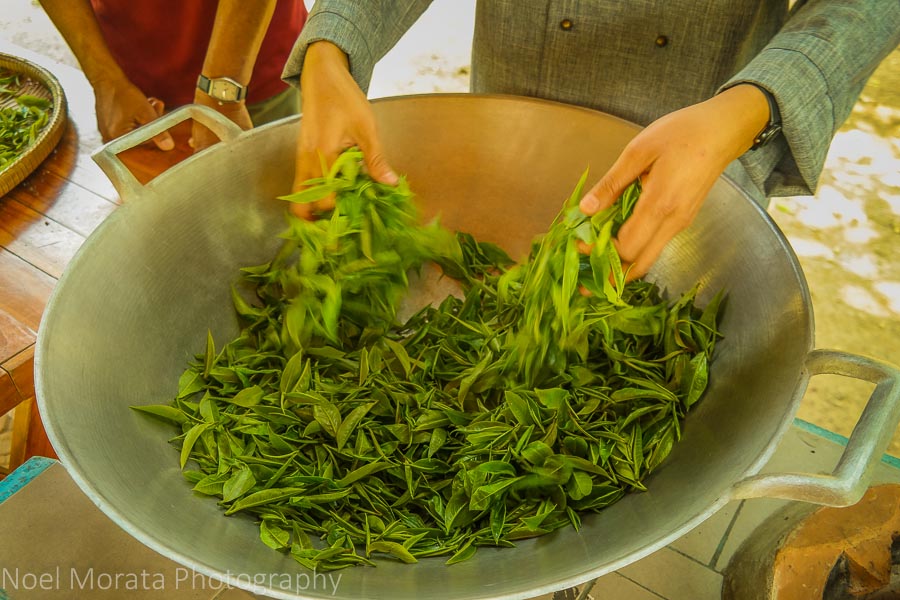
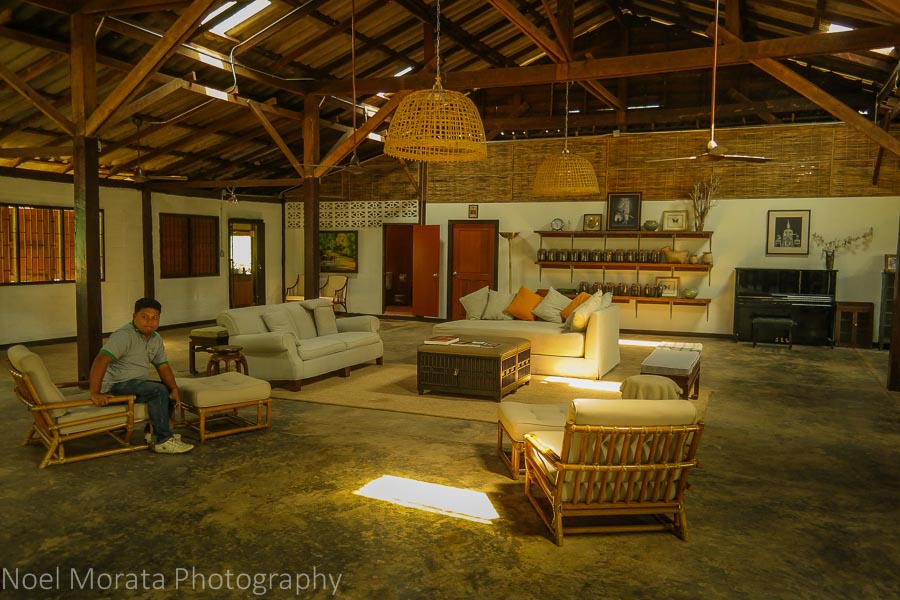
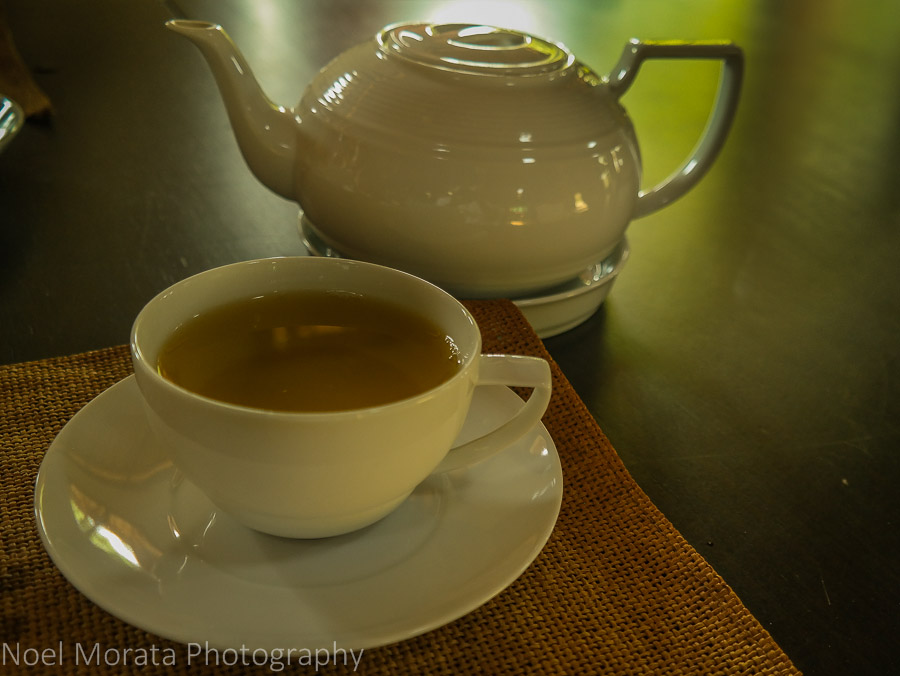

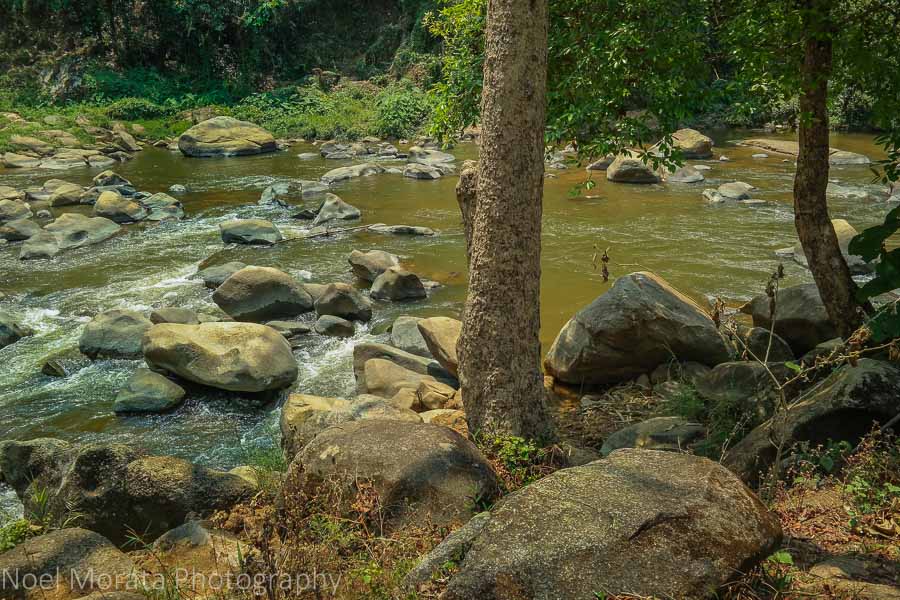
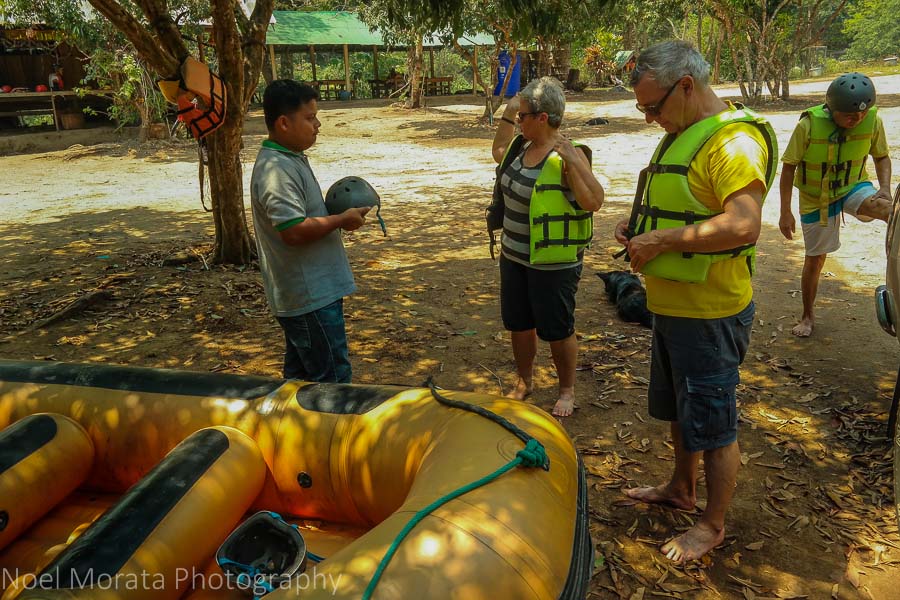
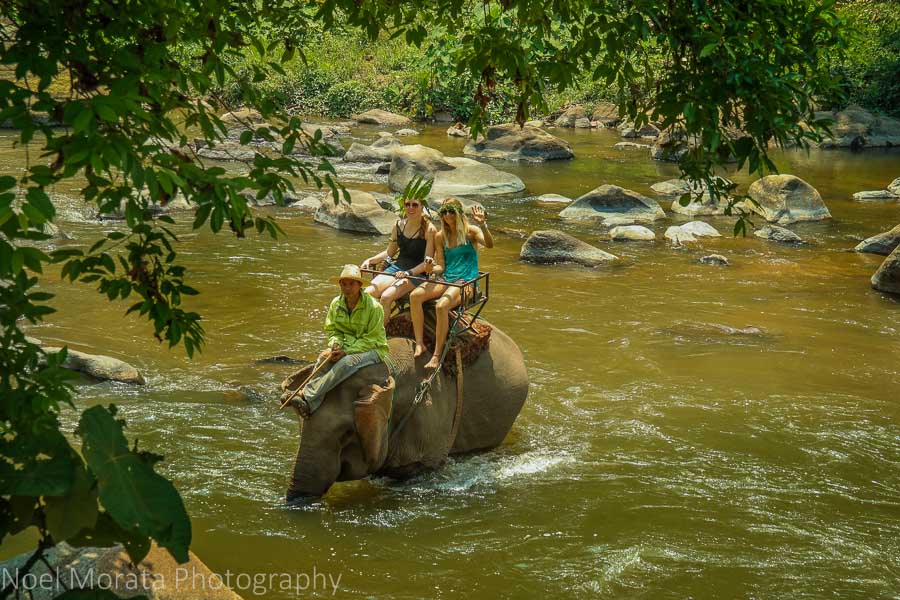
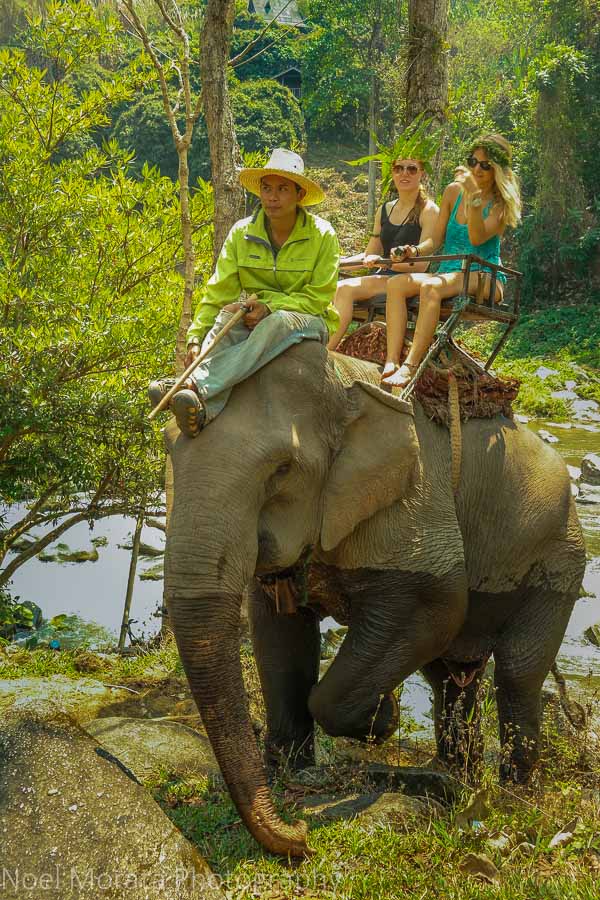
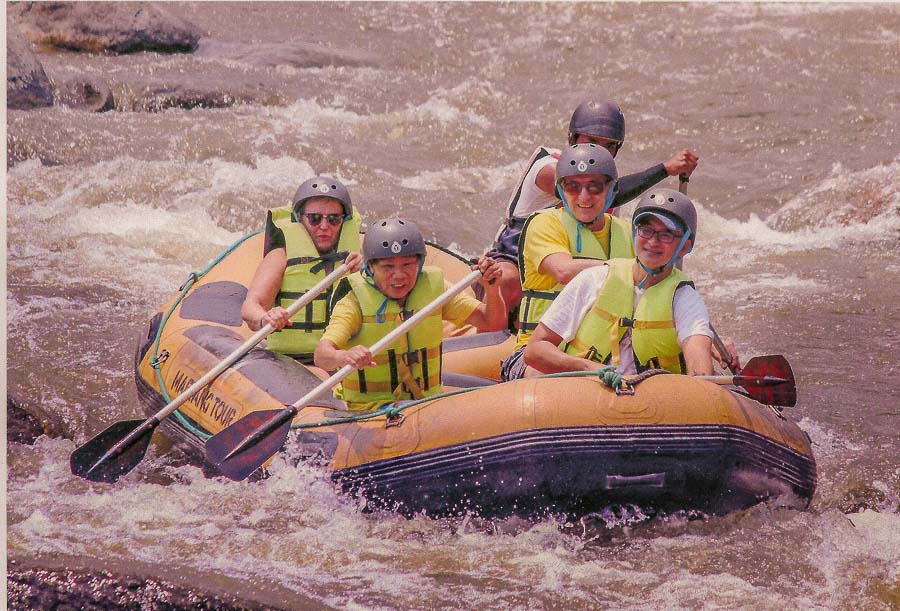
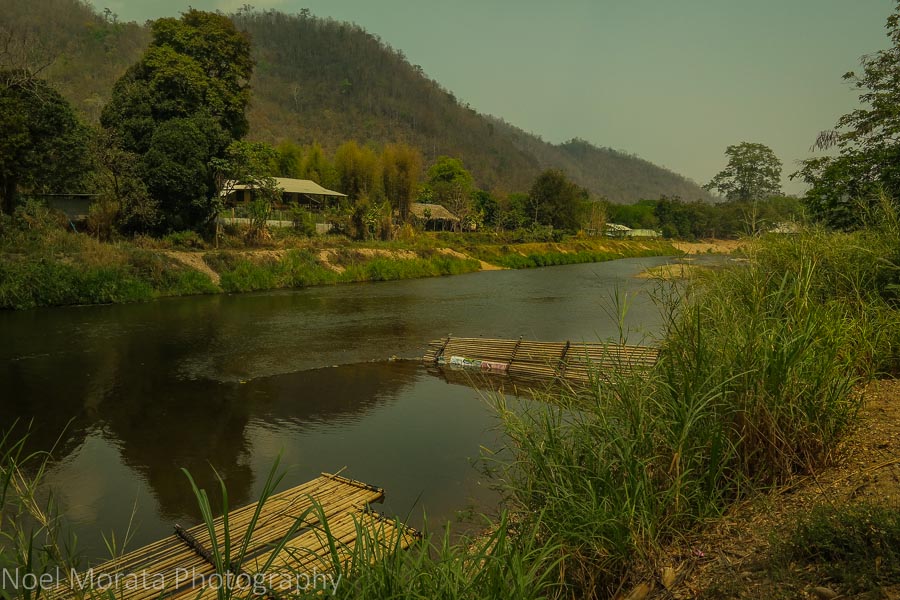

I’ve yet to visit the Northern Thai spots around Chiang Mai but seeing your wonderful images and words really has me itching to go. That tea plantation looks wonderful and nothing like the hilly versions i’ve found here in Korea. I’m not sure that I’ve had camelia tea, other than a random off chance that I had it in a coffee shop on the go.
Your picture of the Araksa Tea Plantation has me curious about something. I love the way those trees sprout up among the tea bushes there. Such a cool effect. It makes me wonder if they are purposefully placed there for shade or to just work together with the plants in some way.
I share your aversion to the elephant rides and will probably never partake in the tours, and urge most people to avoid them. With all the things that people are saying about those tours these days, I’m also surprised that they continue to go on. I guess you’ll always have people looking to tick that off their bucket lists, huh?
The way you captured this trip kept me going as has me wanting more. I can’t wait to read about the Laotian Tribe that you wrote about as well. Thanks for sharing this wonderful experience.
Take Care.
This area is a fantastic place to explore and I had a really good time and a different take of the people and countryside in Northern Thailand. You definitely should visit the area.
Love exploring the north of Thailand. Will have to visit this tea plantation the next time I’m in country. Your photos are great. Thanks for linking up. #TPThursday
Aloha Noel,
We’re so enjoying your adventures; vicariously though, as our adventuring days are mostly in the past now. Never made it to the north of Thailand, so it’s especially good to see your photos. Keep up the good work!
Hi Noel,
I’ve driven through this region by bus over 30 times but haven’t toured it. Your photos and story rocked, and I am excited to take a tea tour and to raft through the river on my next Chiang Mai trip. So much fun and so many awesome folks in Northern Thailand, it’s a wonderful area to visit and to soak up. Pretty as can be too. As you note, watch out for that heat! We recall temps reaching 115 F during April, before low season kicks up.
Ryan
I do not associate Thailand with tea production at all, so I learnt a new thing here. The rafting trip looks fun, just about enough adrenalin for me without being too fast!
Hi Noel, I’d love to do this!!! What a fun trip! Biking is sure is an intimate way to explore and soak in the beauty of the countryside. The tea plantation tour and tasting look so wonderful. And ah, the rafting…what a fantastic adventure! I love the photos, especially the last one of the river.
Would love to visit northern Thailand again. The scenery is so beautiful and soothing.
We were in Thailand in February and loved it. Definitely want to go back and your photos are inspiring me.
This all looks great fun and so interesting. Love the tea tasting room and I’ve always wanted to go water white rafting (nothing too hectic mind!).
I too though was very sad to see your photos of the elephant rides. The way elephants have their spirits broken before they can be trained is heartbreaking. Everyone needs to spread the word and stop tourists unwittingly supporting such cruelty. Not surprised you felt sad.
Looks like a fun day out Noel. Did you love Thailand? I just love it !
The country looks so much like Laos. Love this area – it’s so lush and green and your photos show it perfectly.
Looks like you are having so much fun. Love the photos as per usual